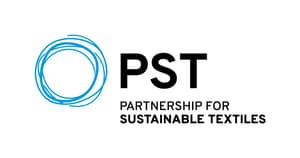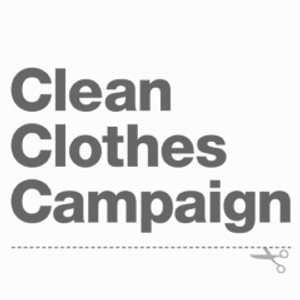What can other sectors learn from the combination of forces that made supply chain disclosure the norm?
The aftermath of the tragic 2013 Rana Plaza disaster revealed how few brands were aware of where their products were being manufactured, or the conditions in which they were being made. In response to this, over the course of several years, a combination of organizations launched effective campaigns that made sharing supply chain data the norm. This strategic combination of efforts led to the apparel sector becoming the vanguard for supply chain disclosure. Here’s how those different elements combined to shift a system:
Civil society
Fashion Revolution began by asking a simple, yet compelling, question: “who made my clothes”. The organization worked diligently to help brands understand that their supply chain data was not proprietary, nor the key to their competitive advantage. Instead, sharing this data was an essential starting point to create a more equitable system.
As more and more major global brands began to share their supply chain data without any negative knock-on effects, this point was validated. Progressive brands shifted from viewing the sharing of supply chain data as a risk, to an asset, and a crucial entry point for supply chain collaborations.
Building on the work of Fashion Revolution, Transparency Pledge launched in 2016, setting the minimum standards for supply chain disclosure in the garment and footwear industry. Transparency Pledge helps brands understand the power that sharing supply chain data can have to catalyze more efficient collaboration on behalf of workers in supply chains. In turn, this ensures just outcomes for some of the most vulnerable people working in global supply chains. Although Transparency Pledge was set up specifically for the apparel sector, its principles apply across all supply chains.
Tools and Guidance
While the brand response to the calls of civil society was positive, subsequent supply chain disclosure was inconsistent, difficult to track from one website to another, with data often locked away in non-machine readable formats such as PDFs or tables embedded in websites. A lack of standard formatting for information as basic as name and address data (coupled with the poor quality of this data) made it difficult and costly for anyone to compare across datasets and understand shared connections to facilities. Data was stuck in silos and lacked a universal, central ID through which systems could synchronize, making interoperability between systems impossible.
Brands and factory groups alike become frustrated with the multiple IDs connected to the same facility, used individually by each of the many multi-stakeholder initiatives (MSIs) in the sector. There was no resource or oversight to understand where brands or MSIs shared interests in the same facility. Employees at brands, MSIs and civil society organizations would spend hours pouring over Excel spreadsheets looking for duplications, matches and overlaps. The Open Apparel Registry was built to address this data challenge. Between March 2019 and October 2022, the OAR mapped over 90,000 global apparel facilities, which were contributed by 540 different organizations. In November 2022, the Open Apparel Registry evolved to become Open Supply Hub.
The success of all of these initiatives demonstrated how willing brands were to work towards change - but that additional technical guidance for how best to share information was still required. In response to that need, the Open Data Standard for the Apparel Sector (ODSAS) was developed. A simple but effective resource, the goal of ODSAS is to ensure that supply chain data is shared in a consistent way, and so that those working with supply chain data are able to do so efficiently. Having gone to the effort of mapping a supply chain, by following ODSAS, organizations can be assured that they are sharing data in an effective, practical way. Similar to the Transparency Pledge, whilst created for the apparel sector, the principles hold true for all supply chain disclosure.
Multi-stakeholder Initiatives
Recognising the potential these effective civil society campaigns, industry tools and guidance held to continue to create improvements in global apparel supply chains, multi-stakeholder initiatives began to mandate disclosure of supply chain data as a requirement for membership. Groups including the German Partnership for Sustainable Textiles, FairWear Foundation and the former Dutch Agreement on Sustainable Garments and Textiles have recognised the importance of sharing supply chain data to enable collaboration. As well as advocating for individual supply chain disclosure from their members, these organizations contribute (or contributed) an aggregated list of their members’ suppliers to the OAR (and now Open Supply Hub), which not only enables them to work with their members on joint collaboration initiatives, but also provides an invaluable dataset for civil society advocacy efforts.
Follow the trend
Feeling inspired by the journey the apparel sector has been on? While by no means perfect and with more progress still to be made, many of the lessons learned within the apparel sector are applicable to others in the early stages of supply chain disclosure. Eager to learn more? Contact the team with your questions, to set up a call, or to be connected with other organizations ready to share their experiences. We have a range of brands, civil society organizations, MSIs and others willing to share their experiences, as we all work towards better outcomes for everyone affected by global supply chains.


